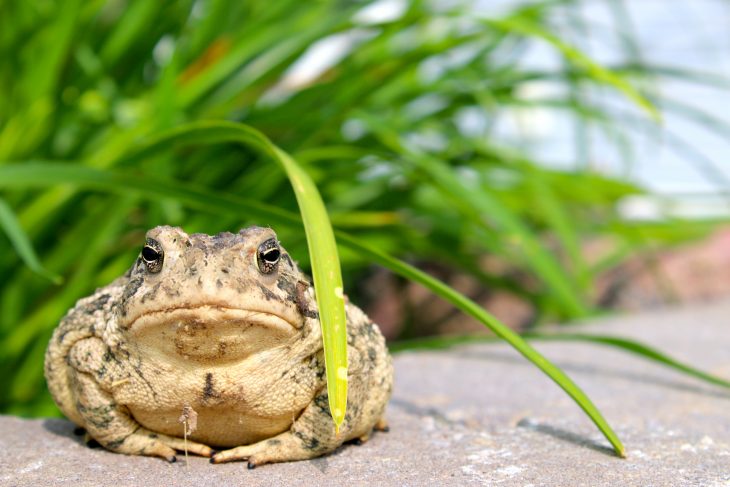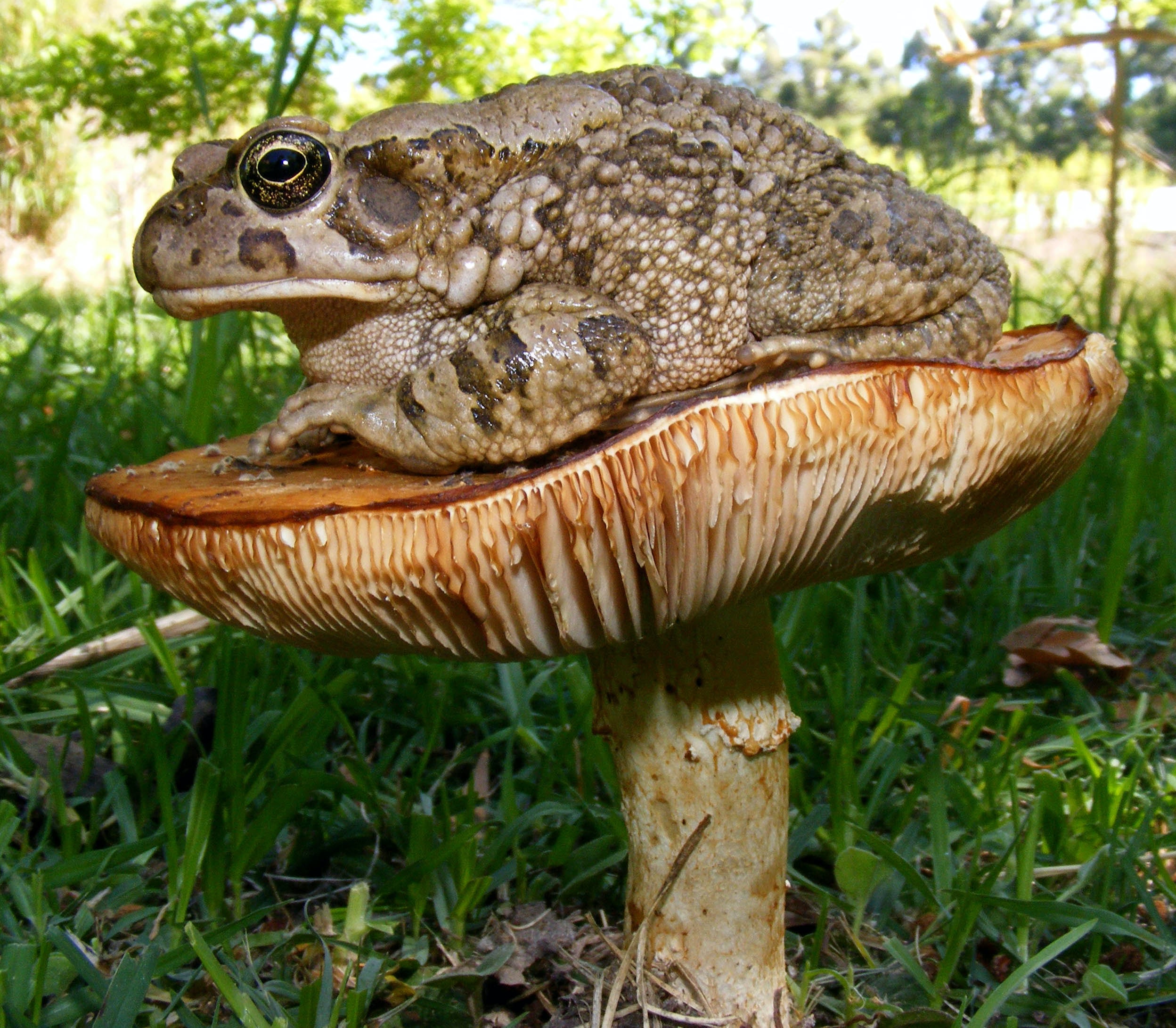
Calm, captivating, and charismatic, toads have long been creatures of fascination and folktales. But these humble amphibians have far more to offer than just fodder for fairy tales. In this article, we will hop into the life of toads, revealing 15 fantastic facts that demonstrate their unique allure and importance in the ecosystem.
Toads are Amphibians
First things first, toads are a type of amphibian, much like their close relatives, the frogs. The word “amphibian” comes from a Greek term meaning “double life,” which aptly describes the toad’s life cycle that involves living both on land and in water.
Toads and Frogs are Different
While toads and frogs are often used interchangeably, there are several differences between them. Typically, toads have drier, bumpier skin and shorter legs compared to frogs. They are also more likely to live in drier environments.
There are over 500 Species of Toads
The toad family is diverse and widespread, with over 500 species spanning the globe. These species can be found everywhere from deserts and forests to marshes and mountainous regions.
They Have Unique Defense Mechanisms
Toads have fascinating defense mechanisms. One such mechanism is their ability to secrete toxins from the parotoid glands located behind their eyes. These toxins can deter predators, making toads less appealing as a meal.
They are Nocturnal Creatures
Toads are primarily nocturnal, meaning they are most active during the night. They spend their days hidden in cool, damp places and emerge at night to feed on a variety of insects and other small animals.
They Have a Varied Diet
A toad’s diet is interestingly varied. They eat insects, spiders, slugs, worms, and even small rodents or reptiles, depending on their size. This diverse diet makes them valuable for pest control.
The Largest Toad is the Cane Toad
The title of the largest toad goes to the cane toad, which can grow up to 9 inches (23 cm) in length. Originally from South and Central America, these toads have been introduced to various parts of the world, often leading to ecological problems due to their voracious appetite.

Toads Have Long Lifespans
Surprisingly, toads have relatively long lifespans for such small creatures. Depending on the species and environmental conditions, a toad can live anywhere from 10 to 40 years in the wild, even longer in captivity!
They are Excellent Jumpers
Despite their short legs, toads are excellent jumpers. They use their strong, muscular legs to take long hops rather than the long, high jumps typical of frogs.
Their Skin Helps Them Breathe
Toads have a unique ability to breathe through their skin, a process known as cutaneous respiration. While they do have lungs, they can also exchange gases through the thin skin on their belly and thighs.
Toads Can Hibernate
In colder regions, toads hibernate during the winter months. They burrow deep into the ground below the frost line and enter a state of reduced metabolic activity until temperatures rise again in the spring.
They Sing a Unique Song
Male toads are known for their unique calls or “songs” used to attract females during the breeding season. Each species has a distinct call that can be heard during warm, rainy nights.
Toads Play a Crucial Role in the Ecosystem
Toads play a vital role in maintaining the balance of our ecosystem. By consuming pests, they help control insect populations, benefiting both human agricultural practices and the natural environment.
The Toad is a Symbol of Transformation
In many cultures, the toad is a symbol of transformation and rebirth due to its life cycle. From eggs in water to tadpoles, and then to fully developed toads, they represent change and growth.
Toads Have Been Featured in Folklore and Literature
Finally, toads have long been featured in folklore, mythology, and literature. From the toad’s starring role in the famous fairy tale “The Frog Prince” to being the faithful companion of Hogwarts’ Neville Longbottom in “Harry Potter,” these charming creatures have leaped into our imaginations and stories, enhancing their mystique.
Conclusion
These 15 facts barely scratch the surface of the captivating world of toads. Their diverse habitats, fascinating biology, and cultural significance make them a truly intriguing group of amphibians. So, the next time you spot a toad, remember there’s more to these humble creatures than meets the eye – they’re small animals with big stories to tell.
Was this page helpful?
Our commitment to delivering trustworthy and engaging content is at the heart of what we do. Each fact on our site is contributed by real users like you, bringing a wealth of diverse insights and information. To ensure the highest standards of accuracy and reliability, our dedicated editors meticulously review each submission. This process guarantees that the facts we share are not only fascinating but also credible. Trust in our commitment to quality and authenticity as you explore and learn with us.
